


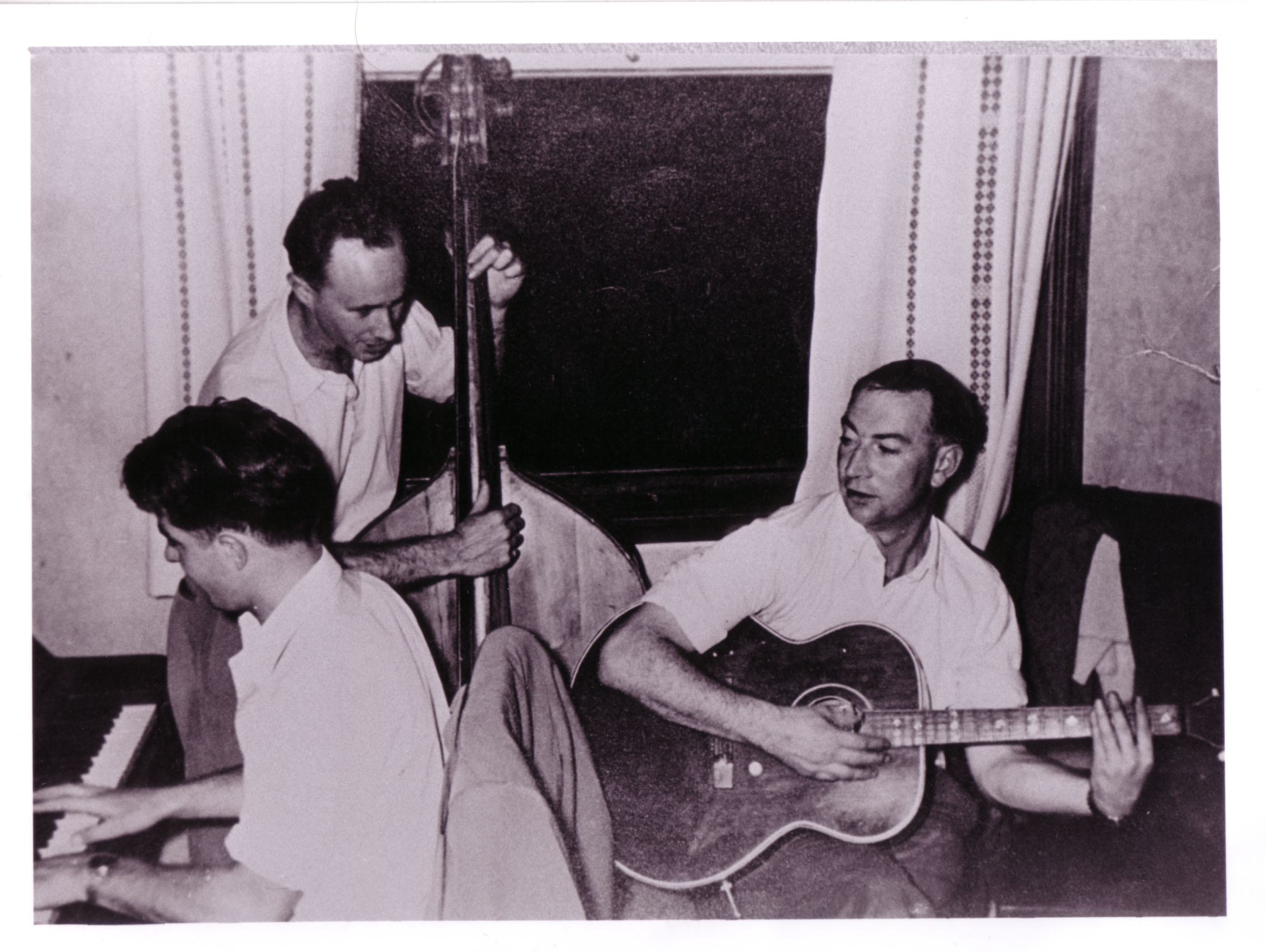
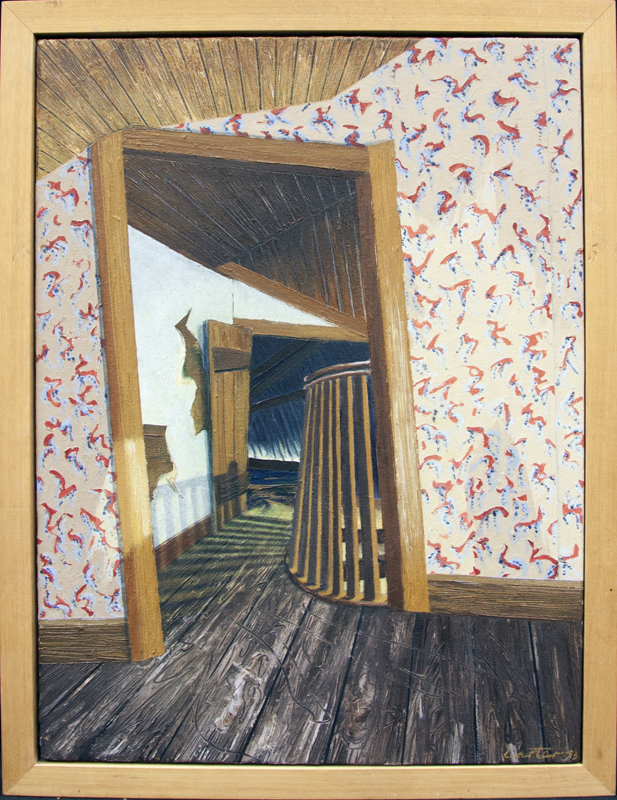
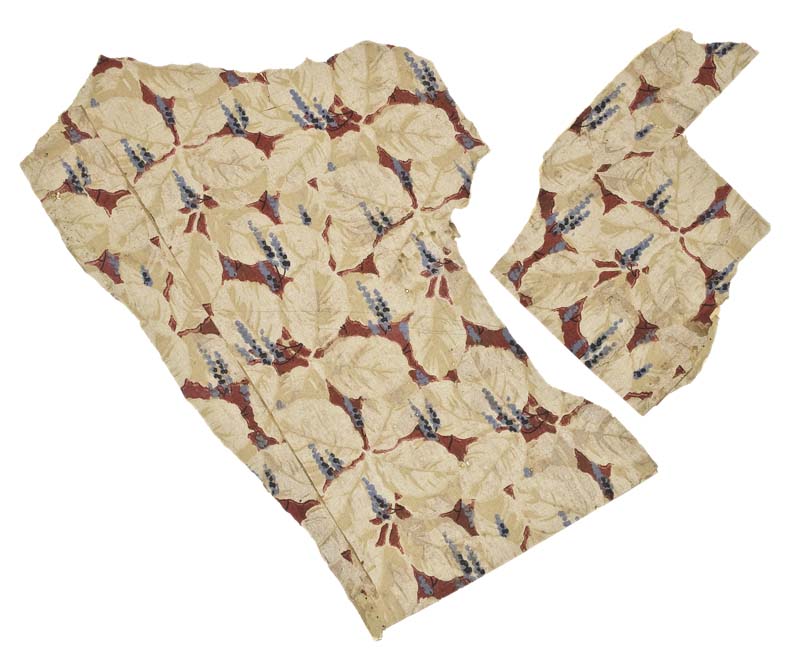
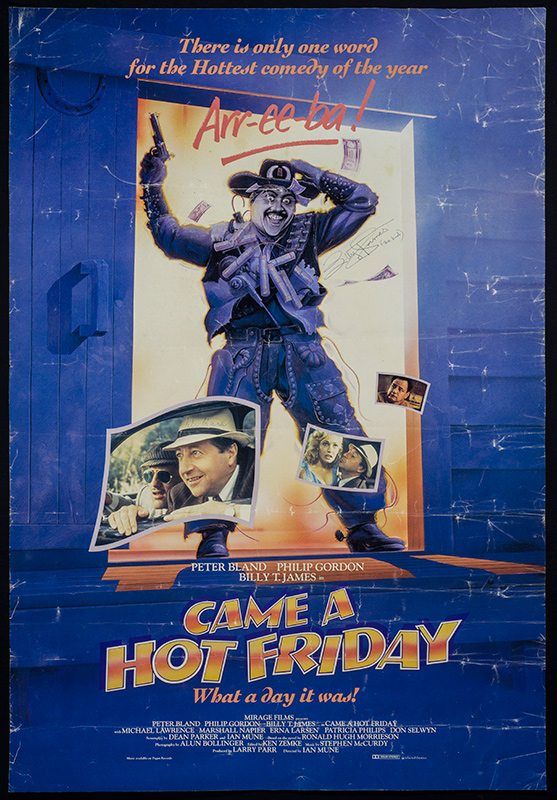
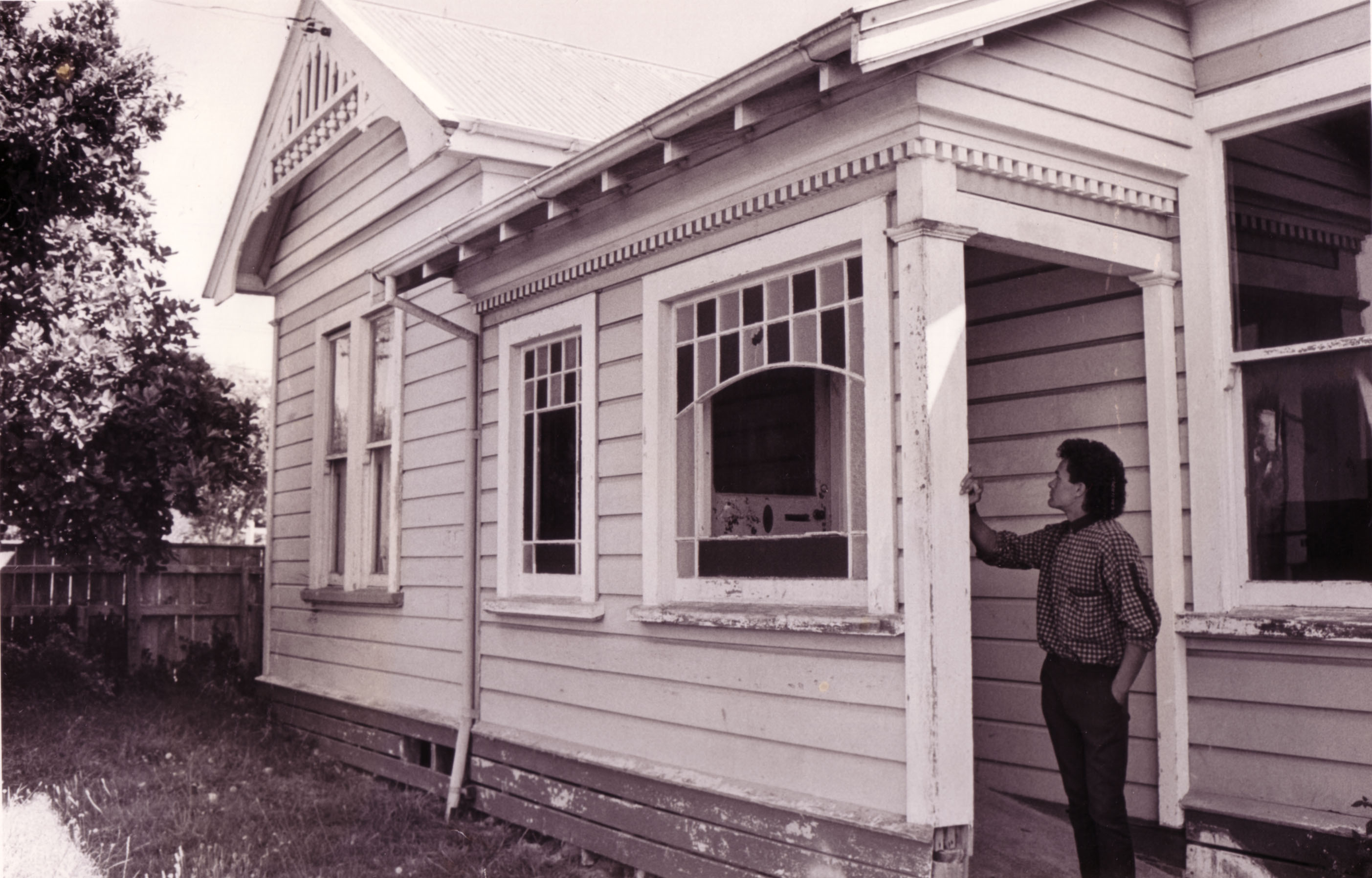
In small-town Hāwera, he spent his nights drinking, gambling, womanising, playing jazz and generally raising hell in dance halls and pubs. Rumours abounded about the excesses in his life. Yet he lived and died in the very house where he was born and only ventured out of Taranaki on less than half a dozen occasions.
Morrieson was born in 1922 and came to writing late in life, aged 40. Yet he wrote four novels in the decade before he died and three of them made it into film. Peering through what was once described as his “worm's eye view” and using Hāwera as a backdrop, he created scandalous literary characters, usually shallow, callow youths drawn into bizarre sexual adventures and crimes.
His books did little to endear him to the good citizens of Hāwera. “Why couldn't he write about the nice side of things” they asked, like the parks, the quiet streets, the charm and prosperity? Instead, he thumbed his nose and turned out a whole new genre. His books The Scarecrow, Came a Hot Friday, Predicament and Pallet on the Floor came to be known as Taranaki Gothic Horror.
Later Hāwera citizens would enjoy some revenge by letting Morrieson's home, a roomy, gloomy kauri villa built by his grandfather Charles Johnson on the corners of Regent Street and South Road, to be demolished and a fast food joint erected on the site. Who wanted to remember “that old drunk?” they said.
Morrieson was the only son of a doting mother and a father who died when he was six. He was known at school for his clever conversation and imaginative practical jokes. Academically, he seemed average at everything but English.
Part of the problem may have been his mother who thought he could do no wrong. When it rained, Eunice Morrieson delivered dry socks to her boy in class - which might have kept his feet warm but couldn't stop the chill of ridicule. According to cousins, “If a teacher corrected Ron, it was the teacher who was at fault.”
Punishment was meant for others, never Eunice's son. When the boy was caught daubing paint on an Uncle's car, and subsequently whacked with a walking stick to teach him a lesson, she didn't speak to the family for two years. Instead of the usual rugby, Ron's life was padded out by music and books.
From the age of 18, Morrieson spent two years on probation after a car accident left a young woman injured. From then on, he led the police a merry dance - driving drunk, incurring minor traffic offences and drinking after hours. It was a time of 6 o'clock closing, though Morrieson never let that stand in the way of serious drinking.
He tried many jobs, but never held down steady work. A couple of forays into academia - once at Auckland University and later at Massey - were a dismal failure.
To his credit he tried to enlist in the army twice during World War Two only to be turned down because of his health. He would then suffer the taunts of those who thought - and weren't backward in saying - that he was letting the war effort down.
Though he worked briefly at the Pātea freezing works before following his mother into teaching piano and guitar, he preferred the role of talented casual dance-band player above all and his musical skill held many bands together over the years.
In the 1940s dances were often organised for little or no excuse, at sports clubs, service clubs, church groups, private parties, 21sts, weddings, bible classes and school socials. Every dairy factory held a dance during their winter season. “Slapsy” Morrieson played with various musical combos including the Premieres, the Rhythm Masters and Colin King's nine-piece band the Harmonisers. He loved jazz and had no time for modern rock and roll.
Night life seemed to suit Morrieson and he thoroughly earned his reputation as a womaniser. Only two of his relationships lasted more than a couple of weeks. As a close friend once remarked “Ron was really in love with his mother.” Over the years, Morrieson had many women - young, beautiful girls, who dressed in the fashionable clothes. He swapped them often, “trading them in for a newer model”. He never married and lived with his mother until she died in 1968 aged 79. At her funeral, he broke down, almost incoherent with grief. “He was a blubbering wreck after his mother died” a witness said.
But Morrieson, who hated responsibility and avoided it like the plague, seems to have known himself very well. When asked why he didn't marry, first Joyce and then Georgina, replied, “You know I'm not responsible in that way. I couldn't marry her or anyone else. I'm not responsible enough.”
Doris Johnson, an aunt who lived in the Morrieson household, tried to promote her nephew's work as soon as he took to writing. Though she typed all his manuscripts, Morrieson would sometimes type the most colourful parts himself.
His first two books, original, fast paced, quirky and funny, were not particularly well-received in this country, though they won good reviews in Australia where they were published. Though several literary big guns would one day put their hands up in support of Morrieson, it would be almost too late, and he would die without the recognition he deserved.
Writer Maurice Shadbolt, who once described him as “a bulky, likeable man of large enthusiasms, a heavy drinker and big eater…in truth a Morrieson character” visited in 1972 and found him “a shadow of the man I first saw in 1966”. Distraught from the death of his mother which he never got over, “he had been drinking, solitary, until two in the morning and was putting away a bottle or two of sherry before lunch”. In fact, the writer had taken to ordering six flagons of beer and a bottle of whiskey a day. And it was this kind of drinking that would ultimately do him in.
Ronald Hugh Morrieson died on Boxing Day 1972 after a long Christmas Day session. Though he'd been in and out of hospital over the last three years due to a heart condition, cirrhosis of the liver and various other complaints, the cause of death was put down to alcoholic hepatitis.
Many of the people in Hāwera never forgave Morrieson for using their town as backdrop for his books, or for stealing the thinly-disguised characters of people they knew. In 1992, when a fast food franchise decided to buy his house, folk were eager to let it go.
Tim Chadwick, a Hāwera high school teacher, formed The Scarecrow committee in the hope of preserving the house and collected 60 signatures against the sale. A committee in favour of the sale collected 1300.
Today, people are still fascinated by Morrieson's life, his death and his drinking, because he dared to be different and never cared what others thought.
Millen, J. (1996). Ronald Hugh Morrieson: A Biography. Auckland: David Ling.
Morrieson, R. H. (1964). Came a Hot Friday. Sydney: Angus & Robertson Ltd.
Morrieson, R. H. (1976). Pallet on the Floor. Palmerston North: Dunmore Press.
Morrieson, R. H. (1981). Predicament. Palmerston North: Dunmore Press.
Morrieson, R. H. (1963). The Scarecrow. Sydney: Angus & Robertson Ltd.
Puke Ariki Heritage Collection: Ronald Hugh Morrison
LinkPlease do not reproduce these images without permission from Puke Ariki.
Contact us for more information or you can order images online here.